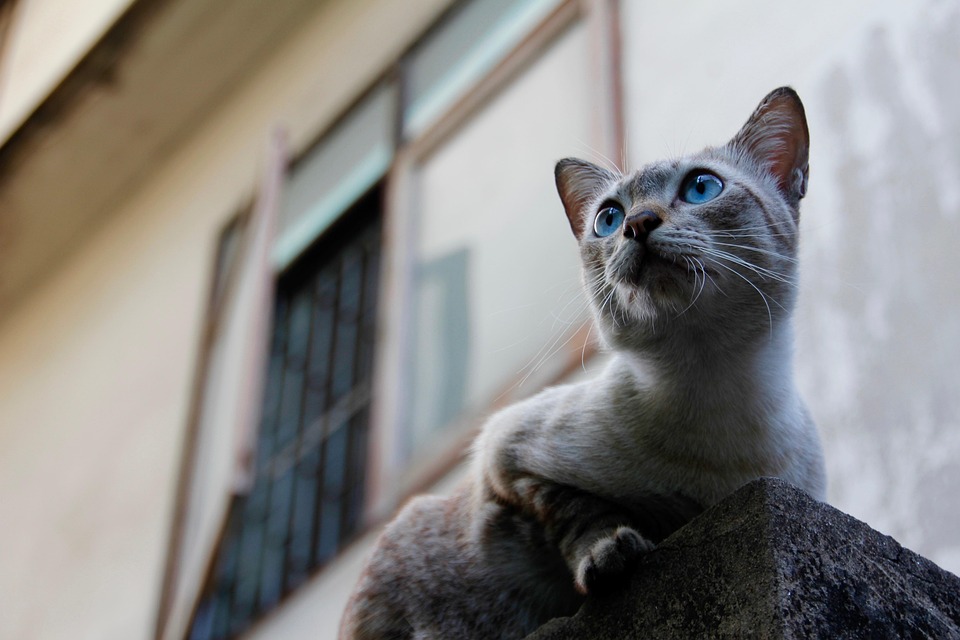Unraveling Feline Instincts: A Guide to Raising Well-Behaved Cats Through Understanding Their Natural Behaviors
Unraveling Feline Instincts: A Guide to Raising Well-Behaved Cats Through Understanding Their Natural Behaviors
Cats have long intrigued humans with their mysterious and independent nature. Often misunderstood, these creatures possess a complex array of behaviors rooted in their instincts. By unearthing the intricacies of feline instincts, cat owners can foster a harmonious relationship with their furry companions. This guide explores key insights, expert advice, and intriguing facts about feline behavior, offering practical tips to raise well-behaved cats.
Understanding the Feline Psyche
Cats are solitary hunters by nature, a trait inherited from their wild ancestors. This instinct influences many of their behaviors, from their preference for personal space to their predatory play. Understanding these instincts is crucial in addressing behavioral issues and enhancing the human-cat bond.
The Importance of Territory
Territory is of paramount importance to cats. They establish a sense of security through scent marking and by creating personal space. A cat’s home is its castle, and disruptions in this territory can lead to anxiety and behavioral problems. To accommodate this need, provide plenty of vertical and horizontal spaces for your cat to explore and claim as their own.
Real-life Example: Sarah noticed her cat, Luna, scratching furniture and urinating outside the litter box. After consulting with a feline behaviorist, she realized these actions were Luna’s way of marking territory. By providing Luna with designated scratching posts and ensuring her litter box was in a quiet, secure location, Sarah saw a dramatic improvement in Luna’s behavior.
Predatory Play and Mental Stimulation
Play is essential for a cat’s mental and physical well-being. Engaging in play mimics hunting behaviors and provides necessary stimulation. Neglecting this instinct can lead to boredom and the development of destructive habits.
Actionable Advice: Incorporate interactive toys, such as feather wands or laser pointers, into your cat’s daily routine. Set aside time for play sessions to fulfill their predatory instincts and strengthen your bond.
Decoding Feline Communication
Communication is another facet of feline behavior that often baffles humans. Cats use a combination of vocalizations, body language, and scent to convey their emotions and needs.
Vocalizations
Cats have a diverse range of vocalizations, each serving a different purpose. From the gentle purr that signals contentment to the urgent meow demanding attention, understanding these sounds can enhance the human-feline relationship.
Interesting Fact: Did you know that cats rarely meow at each other in the wild? This vocalization is primarily used to communicate with humans, showcasing their adaptability in coexisting with people.
Body Language
A cat’s body language is a window into their emotional state. Erect ears and an upright tail indicate curiosity, while flattened ears and a flicking tail suggest agitation. By observing these cues, owners can respond appropriately to their cat’s needs.
Expert Tips for Raising Well-Behaved Cats
Experts emphasize the importance of consistency and positive reinforcement in training cats. Unlike dogs, cats respond poorly to punishment, which can exacerbate behavioral issues. Instead, reward desirable behaviors with treats, affection, or play.
Creating a Safe Environment
Ensure your home is a safe haven for your cat. Remove hazards, provide scratching posts, and maintain a clean, accessible litter box. A stress-free environment minimizes the risk of behavioral problems.
Expert Advice: Dr. Emily Parker, a renowned feline behaviorist, advises cat owners to “think like a cat” when designing their living space. “Create areas where your cat can retreat and feel safe. Cats value privacy and security, which are vital for their well-being,” she notes.
Routine and Enrichment
Establishing a routine helps cats feel secure. Regular feeding times, play sessions, and grooming can provide structure and predictability. Incorporate enrichment activities, such as puzzle feeders or new toys, to keep your cat mentally stimulated.
Conclusion
By unraveling the instincts that drive feline behavior, cat owners can create an environment that caters to their pets’ natural needs. Understanding and respecting these instincts not only leads to well-behaved cats but also fosters a deeper connection between humans and their feline companions. With patience, dedication, and a little bit of feline psychology, you can ensure a harmonious and fulfilling relationship with your cat.
#ChatGPT assisted in the creation of this article.




Post Comment